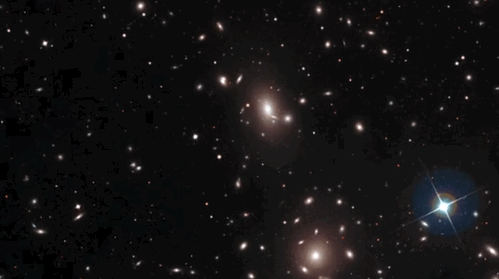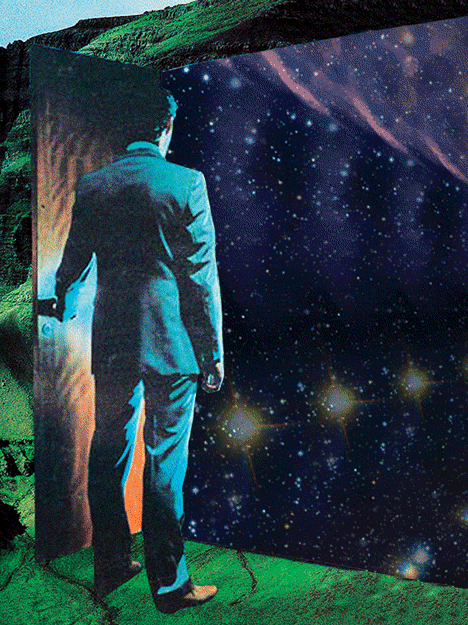Hubble Space Telescope
✨ Reveals Glittering Galaxies Of New Stars ✨

The number of galaxies in the universe may be in the trillions — and that’s a lot of suns, planets and possibilities for life.
By Lee Speigel
By Lee Speigel
Using “natural magnifying lenses in space,” the acclaimed Hubble Space Telescope has photographed amazing close-up glimpses of what NASA refers to as “the universe’s brightest infrared galaxies.”
“The
galaxy images, magnified through a phenomenon called gravitational
lensing, reveal a tangled web of misshapen objects punctuated by exotic
patterns, such as rings and arcs,” NASA says. “The unusual forms may
have been produced by spectacular collisions between distant, massive
galaxies in a sort of cosmic demolition derby.”
It’s
not just the glitz, glamour and garish-looking spectacle of the galaxy
clusters. These galaxies are producing more than 10,000 new stars a
year. And their glow is so bright in the infrared range that they shine
with the intensity of 10 trillion to 100 trillion suns.
“We have hit the jackpot of gravitational lenses,” galaxy researcher and astronomer James Lowenthal, of Smith College in Northampton, Massachusetts, said in a NASA statement.
“These ultra-luminous, massive starburst galaxies are very rare.
Gravitational lensing magnifies them so that you can see small details
that otherwise are unimaginable.”
Astronomers
“want to understand what’s powering these monsters,” Lowenthal said,
“and gravitational lensing allows us to study them in greater detail.”
As more and more planets are discovered in our home galaxy, the Milky Way, the sheer numbers are quite staggering.
The following video explores the question of how many galaxies there are.
Our Universe Has Trillions of Galaxies
Hubble Study - Video
Galaxies range in different sizes and shapes, and include billions or trillions of stars, or suns.
In
April, Time magazine announced its “100 most influential people in the
world” list, which included three planet hunters. One of those
scientists, Natalie Batalha ― the first woman at NASA to make Time’s list ― made some truly eye-opening statements about the detection of new planets.
“These
exoplanet discoveries are really changing how we see the universe,”
Batalha said during an interview with her fellow planet hunters. “You
know, we look up in the sky and instead of seeing stars, we see other
solar systems, because now we know that every star in the sky has at
least one planet.”
In 2015, Forbes magazine
suggested that, after the 25th anniversary of the stunning achievements
of the Hubble Space Telescope, “We may yet find closer to a trillion
galaxies within our visible universe.”
That’s a lot of galaxies, with a lot of suns, and a lot of planets ― and dare we speculate, a lot of life?
 http://www.huffingtonpost.com/entry/hubble-telescope-galaxies-stars_us_593f0ba0e4b02402687c4728?ncid=inblnkushpmg00000009
http://www.huffingtonpost.com/entry/hubble-telescope-galaxies-stars_us_593f0ba0e4b02402687c4728?ncid=inblnkushpmg00000009


No comments:
Post a Comment